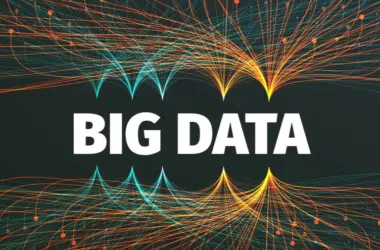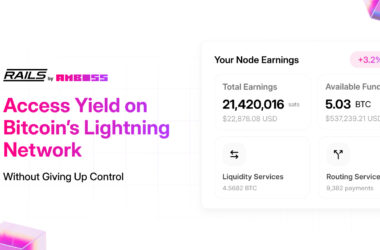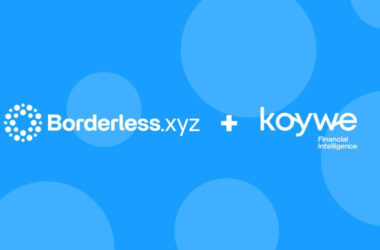
Data is modern gold, and using it wisely, you can multiply your profits and solve issues that sabotage your company’s business growth. Big data will leverage your marketing if only you understand the way it works and reach out for the right tools to process it. Here are some tips! The last two decades were a milestone in terms of data processing, bringing new opportunities to the companies but also putting some barriers in front of them. We gained new tools that help companies of different sizes capture data and extract insights out of it, but at the same time, the Internet became less of a Wild West and more of a regulated space.
Table of Contents
What is Big Data, and how to use it?
What does it take for data to be considered big data? It all comes down to the so-called “3 Vs of big data” – variety, velocity, and volume. All these three values are incomparably higher for big data than it is for regular resources. It comes in increasing volumes, at an increasing pace, and contains a great variety of information.
Because of that, big data allows you to come to conclusions and identify patterns that would likely remain invisible otherwise. Instead of limiting yourself to a few data sources you can control, you go all in, potentially discovering new revenue channels and gaining a possibility to personalize your content, strategies, and sales funnels to maximize margins and profit.
However, all the 3 Vs make it harder to extract insights with the traditional approach. To see the big picture in such a varied, extensive, and rapidly changing environment, you need efficient artificial intelligence tools that process all this data and connect the dots, identifying patterns that could otherwise be undetectable, constituting their own logic instead of relying on predefined reasoning.
Types of Big Data and how to use it in Marketing
Big data can be generally divided into three categories – customer, financial, and operational. In terms of marketing, the first type is what matters most. There are various ways in which you can acquire this type of data. Today, with the API-oriented architecture, you can connect your enterprise system to numerous data sources and collect them to gather advanced insights.
The detailed customer data enables you to create personalized experiences and customize the customer journey with all the content along the way. Personal details, like name, location, age, etc., that allow you to personalize the content on the surface level, making it more attractive and approachable. Based on this data, you can also categorize your customers into different target groups, adjusting their tailored content and experience in terms of visual design, tone of voice, etc. It could also serve for outbound marketing, including cold mail.
Big data also includes information regarding their choices and behavior, which enables you to understand what drives your customers. Having extracted this knowledge, you can apply it across your marketing channels, adjusting the funnel to the client’s current needs and interests.
As open banking frameworks are forming, it is becoming increasingly easy to employ financial data for marketing purposes through the APIs, adjusting the strategy to the current needs and financial possibilities of the client. There are more and more platforms appearing in this field, linking organizations with banks and financial service providers for better information exchange. That means an additional source of information on customer behaviors, shopping customs, and motivations.
How to gather Customer Data for Marketing purposes?
You can engage your internal resources, including your CSM, the e-commerce system, or the B2B system. However, the external ones are where the most precious insights hide. Web searches, social media, purchase history – these data sources will give you the most handy hints to apply in your marketing strategy because they help you understand the needs of your customers at the moment.
Big data can also help you improve your KPIs, providing a big picture from user feedback, and joining data from surveys, reviews, e-mail history, or social media posts. There are various automated tools available in the subscription model, but to get the best results, it is worth investing in a centralized platform that joins multiple data sources through API and analyses them simultaneously.













Recent Comments